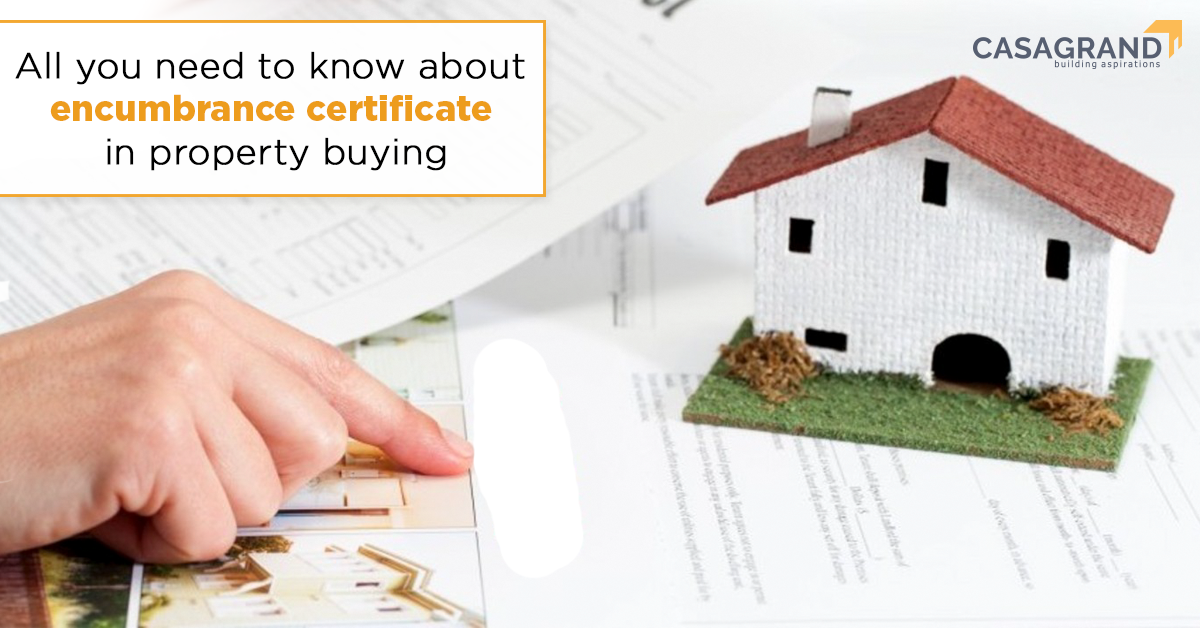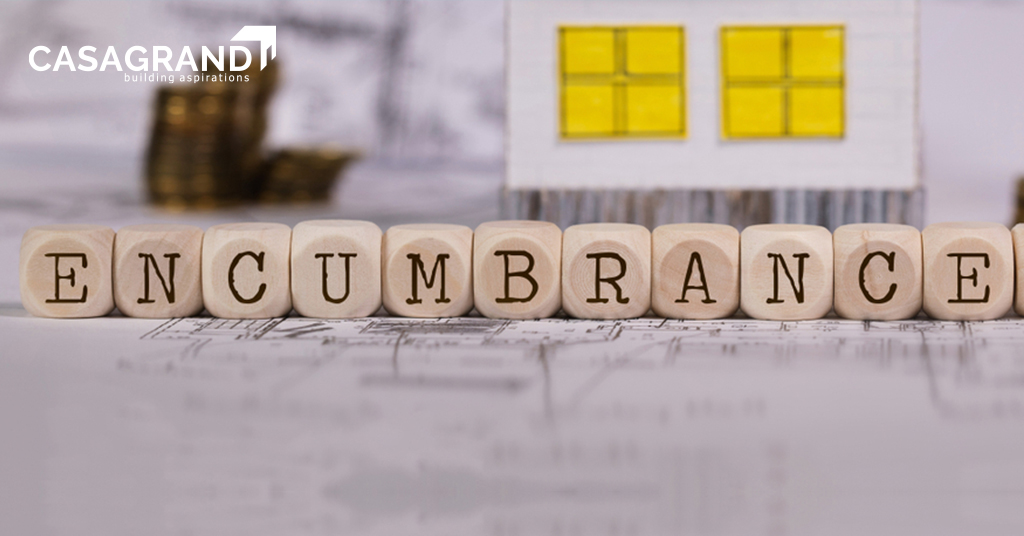When buying property, there are a number of things you need to keep in mind before making the final decision. Among these are a set of essential documents to check if the house you are about to buy is legally clear, the level of construction completed, change of ownership and so on. In addition to these documents, seasoned and first time home buyers will also need an Encumbrance Certificate or risk facing legal action in the future. Here’s everything you need to know about the Encumbrance Certificate in property buying.
What is an Encumbrance Certificate?
An “encumbrance” refers to a liability created on a property. A property Encumbrance Certificate, therefore, is proof that the property in question does not have any financial or legal liabilities. The certificate contains details of every transaction on the property and can immediately point out any liabilities in the form of mortgage or loan against the property that is yet to be cleared.
Why do homebuyers need an Encumbrance Certificate?
The property Encumbrance Certificate is essential not just while buying property, but is also vital for those looking to apply for a home loan or go in for a home loan against the property. Banks will usually ask for your property Encumbrance Certificate on the property for the last 10 to 15 years. If you are planning on purchasing a property, remember to get the property EC beforehand, so you can secure your legal title on it and ensure that you are eligible for a home loan. You will also need your property EC ready if you plan to sell your property.
What is not included in the Encumbrance Certificate?
While you can expect your property Encumbrance Certificate to include the complete transactional history of your property, there is still the chance that not every detail will be listed. Your Encumbrance Certificate marks the difference between formally registered transactions and those that aren’t. Take for example if the property in question had passed from one owner to another. If this transfer were registered, the EC for this property would reflect the same. However, testamentary documents like wills or short-term leases won’t be registered and as a result, will not be documented in the Encumbrance Certificate.
How to obtain a property Encumbrance Certificate?
You can apply for a property Encumbrance Certificate after registering your property. The office of the sub-registrar where the property you are planning on buying or investing in is registered issues the Encumbrance Certificate. While you can approach the sub registrar’s office to obtain a property Encumbrance Certificate, there are a few states where you can obtain a computerised EC extract. Tamil Nadu and Pondicherry, Andhra Pradesh and Telangana, Kerala, Gujarat, Karnataka and Odisha are the states offering these computerised extracts.
For other states not mentioned, you will have to obtain a handwritten Encumbrance Certificate through the following steps:
- You will first have to apply at the appropriate registration office for your property Encumbrance Certificate. For this, you will need Form 22 which is the application form, an attested copy of proof of address, details about the property, its title deed and the fee to be paid for obtaining the EC. The fee charged depends on the time period for which you are obtaining the property Encumbrance Certificate.
- Once the property’s record has been inspected for that specified time period, the property Encumbrance Certificate will be issued between 15 to 30 days from the date of application.
- The property Encumbrance Certificate will be issued along with one of two forms – Form 15 or Form 16. Form 15 is issued when there are multiple transactions related to the property. If there are no recorded transactions, you will be issued a Form 16 or “Nil Encumbrance Certificate.”
What are Forms 15 and 16?
Form 15 –This is the property Encumbrance Certificate and will hold details regarding date of sale, lease, mortgage, partition, release, if the property is a gift, if there is second party involvement, etc. In addition, Form 15 will also hold all the information related to loans, taxes and other transactions, listed according to date.
Form 16 – This is the “Nil Encumbrance Certificate” or “No Encumbrance Certificate”. If the property you are looking for does not have any encumbrances during the time period for which you are checking.
If you are looking to buy or invest in property, ensure you have all the required documents ready to make the final purchase. Head over to Casagrand today to find superior homes that reflect your style and personality.

















